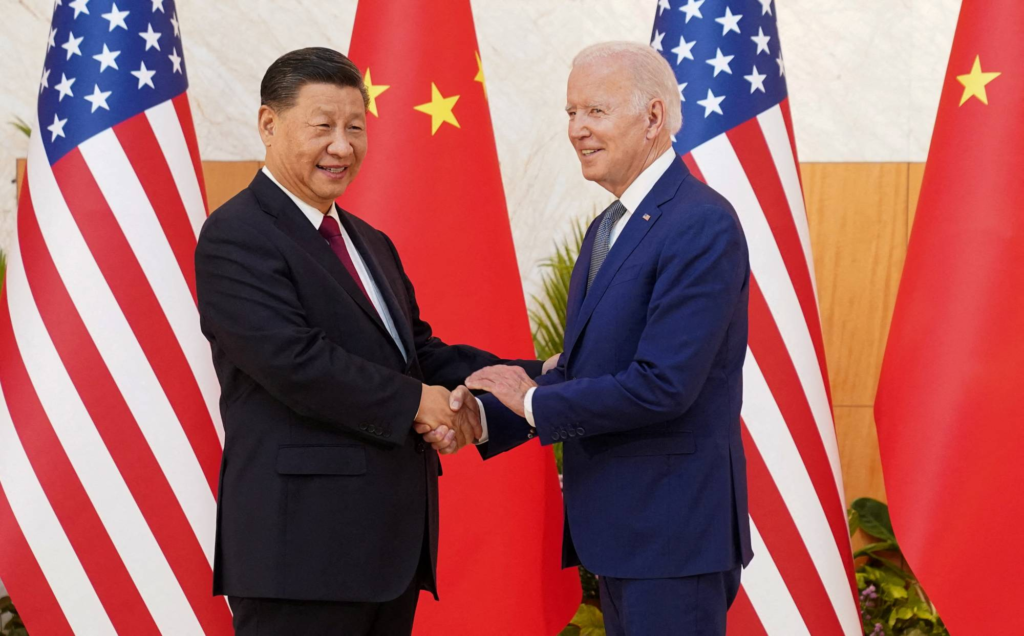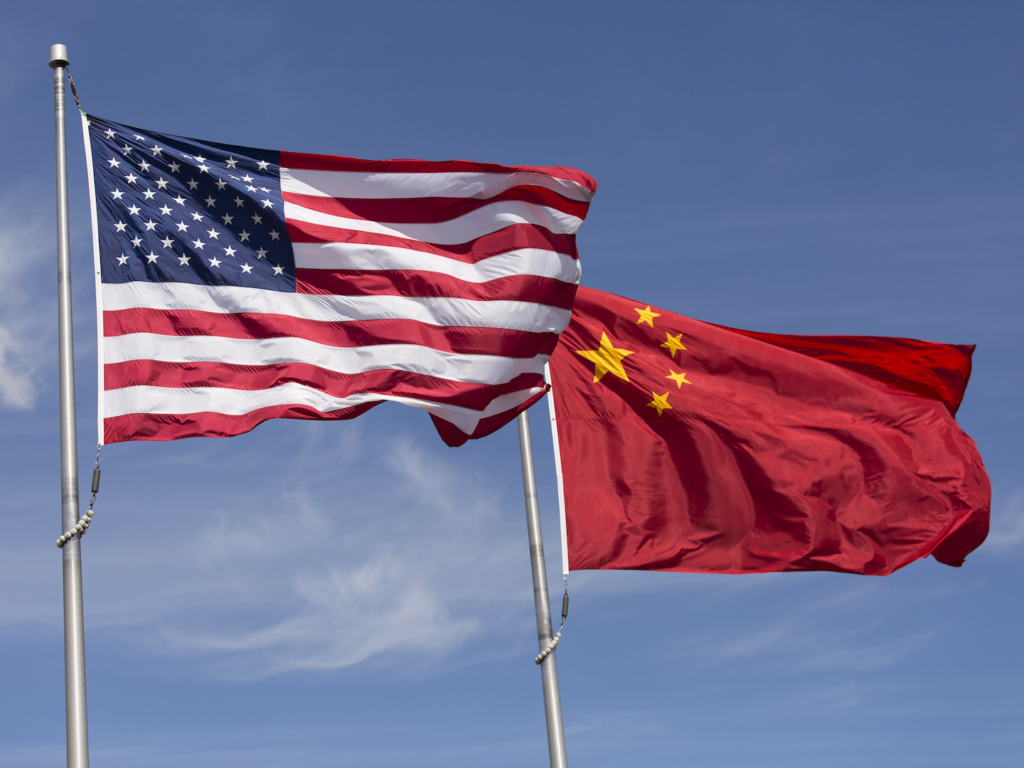U.S.-China trade relations are among the most important economic dynamics in the world. As the two largest economies, the United States and China influence global supply chains, technology trends, financial markets, and geopolitical stability. But this relationship is far from simple. It is shaped by ongoing trade tensions, competition, and deep economic interdependence.
Understanding the current challenges and identifying future opportunities in U.S.-China trade relations is essential for governments, businesses, and individuals worldwide.

Major Challenges in U.S.-China Trade Relations
Tariffs and Trade Wars
In recent years, tariffs have become a central issue between the U.S. and China. Trade wars, especially those triggered during 2018-2020, led both countries to impose high tariffs on hundreds of billions of dollars’ worth of goods. These measures disrupted trade flows and raised costs for consumers and businesses on both sides.
Many industries in the U.S., from agriculture to manufacturing, have felt the impact. China responded with its own tariffs, affecting U.S. exports. Although there have been some efforts to ease tensions, a full rollback of tariffs has not happened. The trade war has created a level of uncertainty that discourages long-term investment.
Intellectual Property and Market Access
Another major challenge is intellectual property (IP) protection. U.S. companies have long raised concerns about inadequate enforcement of IP rights in China, including issues like technology theft and forced technology transfers.
In addition to IP concerns, many American businesses struggle with limited access to the Chinese market. China continues to maintain restrictions in areas like finance, tech, and telecommunications. Requirements such as mandatory joint ventures with local firms can also create barriers for foreign companies.
Export Controls and National Security
Both the U.S. and China have introduced trade policies tied to national security concerns. The U.S. has implemented export controls on advanced technologies such as semiconductors, quantum computing, and artificial intelligence. These restrictions are aimed at limiting China’s ability to develop high-end tech independently.
In response, China has tightened controls on the export of key materials like rare earth metals and certain critical components. Both countries are using trade as a strategic tool, which further complicates business planning and cross-border cooperation.
Supply Chain Disruptions
The global supply chain is deeply tied to Chinese manufacturing. However, due to rising costs, tariffs, and geopolitical uncertainty, many companies are reevaluating their supply chain strategies.
The “China +1” approach is gaining popularity, where businesses keep part of their production in China but expand operations to other countries such as Vietnam, India, or Mexico. While this strategy reduces dependence on China, it also increases complexity and may involve higher short-term costs.
Domestic Pressures and Political Risks
Domestically, both the U.S. and China face economic and political pressures that affect trade policy. In the U.S., trade with China remains a hot-button political issue, with bipartisan calls for tougher stances on trade, human rights, and technology competition.
In China, economic slowdown, property sector troubles, and youth unemployment create challenges for stability. These domestic factors can push both countries toward more protectionist or defensive trade policies.

Opportunities in U.S.-China Trade Relations
Despite the tensions, U.S.-China trade relations also offer potential for cooperation and growth if managed with strategic foresight.
Access to Large Consumer Markets
China remains one of the largest consumer markets in the world. U.S. companies in sectors like agriculture, automotive, healthcare, and luxury goods still see strong demand from Chinese consumers. With a growing middle class and evolving consumption patterns, China presents valuable export opportunities.
At the same time, American consumers benefit from access to affordable goods manufactured in China. This includes electronics, clothing, and home appliances. Trade between the two countries continues to deliver economic value despite the political climate.
Technological Cooperation and Innovation
Although technological rivalry is intensifying, there are still areas where the U.S. and China can benefit from cooperation. Fields such as clean energy, health technology, and climate change mitigation require cross-border collaboration.
Joint research projects, international academic exchanges, and aligned tech standards can help tackle global challenges while also fostering mutual economic benefit. Innovation often accelerates when global talent and capital are connected.
Supply Chain Diversification
The need to reduce dependence on any single country has created a new opportunity for global supply chains to become more resilient. Companies that invest in flexible logistics systems, multiple supplier networks, and automated production lines will gain an edge in this new landscape.
While reducing reliance on China, these strategies also open doors for investment in emerging economies, creating a broader base for global growth.
Reforming Trade Policies
There is potential for positive change through trade reform and negotiation. If both countries can find common ground on issues like IP protection, regulatory transparency, and fair competition, trade relations could stabilize.
Trade reform does not mean removing all competition but rather setting clear and fair rules that support sustainable economic growth. Institutions like the World Trade Organization and regional trade forums can play a role in facilitating these discussions.
Addressing Shared Global Challenges
The global economy is facing shared challenges including climate change, future pandemics, and energy transition. U.S.-China cooperation, even if limited to specific areas, can have a powerful positive effect.
For example, working together on setting emissions standards or funding renewable energy projects in developing countries can deliver both environmental and economic returns. Trade policy aligned with sustainability goals can create win-win outcomes.
Moving Forward: A Balanced Approach
The future of U.S.-China trade relations depends on a balanced mix of competition and cooperation. Instead of a zero-sum view, there is space for both countries to protect their interests while also working toward common goals.
Governments need to engage in honest dialogue, avoid unnecessary escalation, and focus on specific solutions to specific problems. Businesses should invest in risk management, innovation, and new market strategies.
The international community, including smaller economies, can benefit from more stable U.S.-China trade relations. Stability fosters investment, innovation, and global prosperity.
Conclusion
U.S.-China trade relations are complex, with both serious challenges and real opportunities. While trade tensions have reshaped policies and business strategies in recent years, mutual dependence remains. Both countries benefit from trade, and the world economy depends on the decisions made between Washington and Beijing.
By managing disputes with fairness and vision, and by focusing on areas where interests align, U.S.-China trade relations can move beyond conflict and toward a future where global economic growth is shared and sustainable.
Do Follow USA Glory On Instagram
Read Next – Gun Control Laws in the United States: A Deepening Divide






